
What’s the Truth Behind the Controversial ‘Akhand Bharat’ Mural?
A significant controversy has arisen in Nepal surrounding the depiction of the Indian subcontinental landmass in the recently inaugurated Parliament building’s mural. Many individuals on social media have interpreted this representation as the map of Akhand Bharat, denoting an undivided India. Consequently, this situation has provoked vehement reactions from various Nepali political leaders affilated with different party affiliations. They are giving an angry responses to the India’s move.
On May 28th, during the inauguration ceremony of the new Parliament building by Prime Minister Narendra Modi, a mural caught the attention of those in attendance. Parliamentary Affairs Minister Pralhad Joshi was one of the first to refer to the mural as ‘Akhand Bharat’.
ಸಂಕಲ್ಪ ಸ್ಪಷ್ಟವಾಗಿದೆ – ಅಖಂಡ ಭಾರತ 🇮🇳#NewParliamentBuilding#MyParliamentMyPride pic.twitter.com/tkVtu3CCoh
— Pralhad Joshi (@JoshiPralhad) May 28, 2023
On June 9, 2023, an official government account titled “Communist China” was discovered endorsing the Greater Nepal movement spearheaded by Balendra Shah, the Mayor of Kathmandu Metropolitan City. The account utilized the Chinese social media platform ‘Weibo’ to disseminate a post asserting that the Chinese populace stands behind Nepal’s sovereignty.
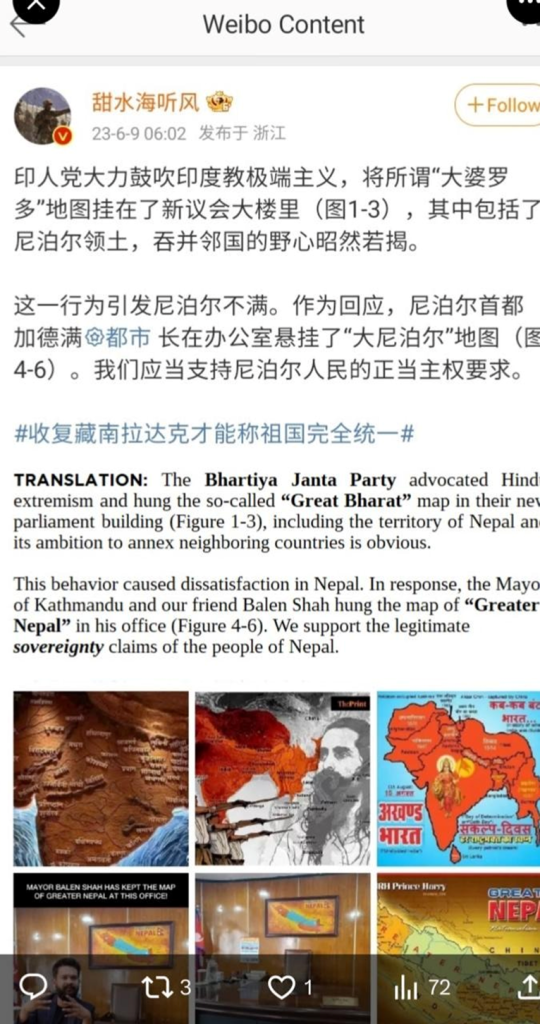
Numerous individuals, hailing not only from Nepal but also from Pakistan and Bangladesh, have taken to social media platforms to voice their concerns amplifying this issue about this matter.
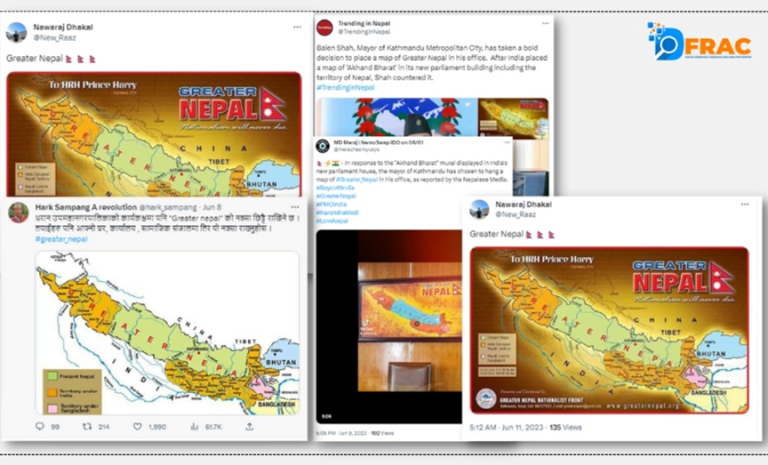 Renowned Indian-origin Professor, academic, and writer Ashok Swain has expressed his stance on the ongoing issue, affirming the promotion of hostility between two nations.
Renowned Indian-origin Professor, academic, and writer Ashok Swain has expressed his stance on the ongoing issue, affirming the promotion of hostility between two nations.
In a tweet, Professor wrote, “Kathmandu Mayor has placed a map of ‘Greater Nepal’ in his chamber to counter Modi’s placing of the ‘Akhand Bharat’ mural in his new parliamentary building in New Delhi. Not only are large parts of India included in the ‘Greater Nepal,’ even the land link between mainland and Northeast India.”
Kathmandu Mayor has placed a map of ‘Greater Nepal’ in his chamber to counter Modi’s placing of the ‘Akhand Bharat’ mural in his new parliamentary building in New Delhi. Not only are large parts of India included in the ‘Greater Nepal’ even the land link between mainland and… pic.twitter.com/pvg74k8x2V
— Ashok Swain (@ashoswai) June 9, 2023
“On the 8th of June, the hashtag #Akhand_Nepal gained considerable attention and began trending, marking the initial phase of its emergence. As time progressed, the volume of posts associated with this hashtag grew significantly. ‘We found out that nearly 230 users tweeted on this hashtag influencing more than 550k accounts on twitter’, Ananaya Sharma reported for DFRAC.”
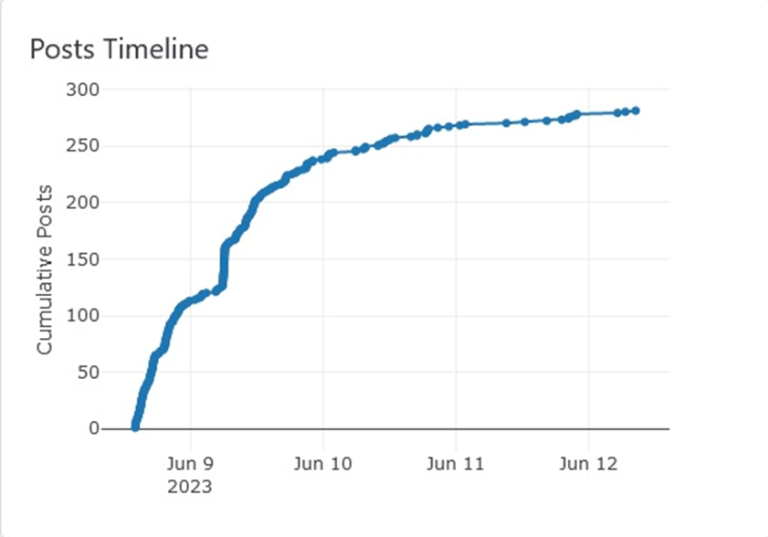
Factcheck
A fact check conducted by DFRAC found many reports on this entire issue.
According to the report by Times Now, Adwaita Gadanayaka, the Director General for the National Gallery of Modern Art, has clarified that the mural in question represents ancient India and reflects the influence it had during that era, DFRAC reported.
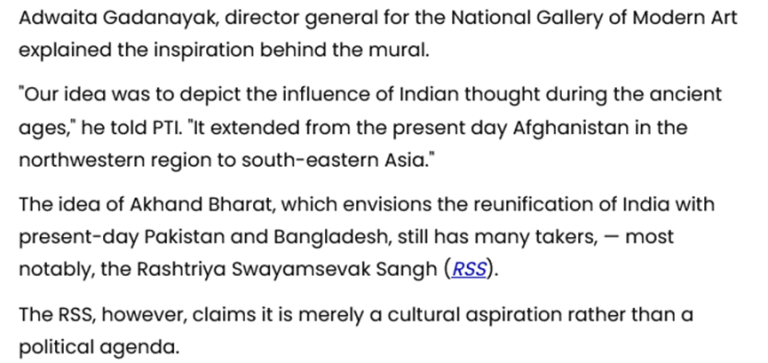
In an interview with Times Now, External Affairs Minister (EAM) S. Jaishankar emphasized that Pakistan lacks the capacity to comprehend certain matters. He also mentioned that other countries, who are friendly with India, have a better understanding of the situation. Furthermore, he clarified that the mural in question does not represent Akhand Bharat but rather depicts the expansion of the Ashokan Empire.
Scholar Dilip Mandal on Twitter too suggested it as a ‘Mauryan Empire’.
He tweets, “There’s nothing controversial in this image from the new parliament building. It doesn’t represent Akhand Bharat or similar concepts, as Tamil Nadu is notably absent. You can notice the color difference. It actually depicts the great Buddhist Magadh/Mauryan Empire; something the curator should have clearly indicated. Murals of King Ashoka and Ashokan edicts are also featured.”
There’s nothing controversial in this image from the new parliament building. It doesn’t represent Akhand Bharat or similar concepts, as Tamilnadu is notably absent. You can notice the colour difference.
It actually depicts the great Buddhist Magadh/Mauryan Empire; something… pic.twitter.com/T01po4cRqW
— Dilip Mandal (@Profdilipmandal) June 8, 2023
Conclusion:
“By our investigation and analysis, it is clear that the mural has nothing to do with the controversy as claimed by social media users. Moreover the mural depicts the ancient maurya times. Hence, it poured a cold water on the intentions of Pakistani and Chinese users amplifying it on social media, DFRAC reported.”
Ananaya Sharma, the reporter from DFRAC,formed the foundation of this article.
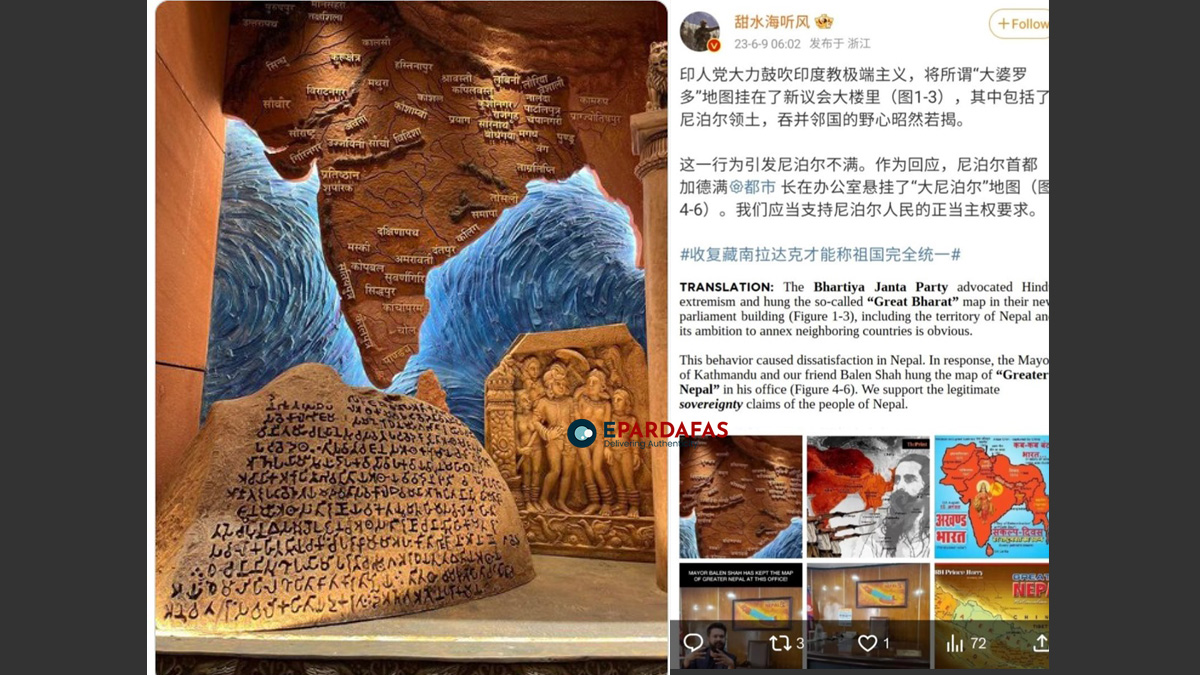

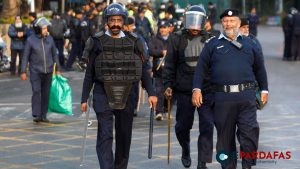
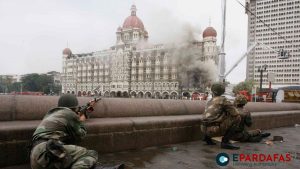
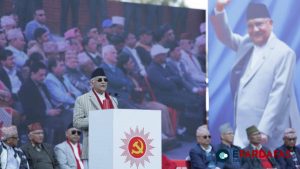







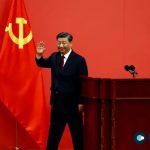
Comments